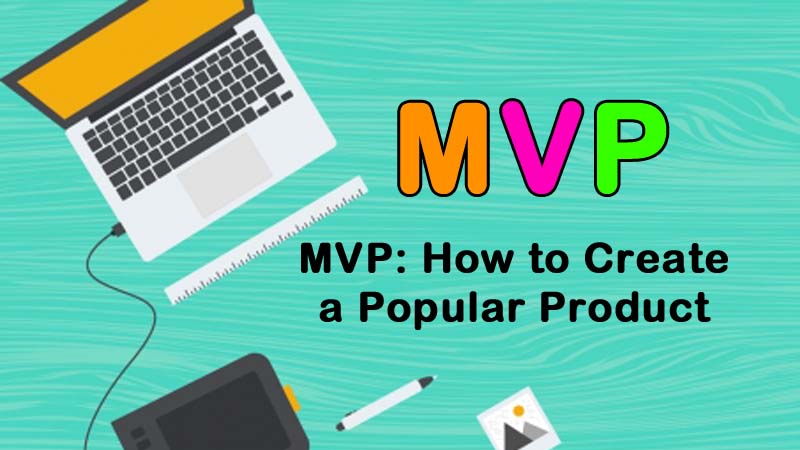Nowadays, MVP is on everyone’s lips. What does this term mean? Simply, MVP is understood as a minimum viable product. Such a product has limited functionality, but it is enough for users to start using it. Let’s see what SECL Group experts think of MVP development.
Why Is MVP Needed for Business?
MVP will help startups and business representatives test the idea and the product’s main functionality at the initial stages of its development. The results of testing the minimum viable product and feedback from the target audience will help to understand the following:
- How is the valuable product for the end user?
- Will it be in demand on the market?
- What needs to be changed in functionality or strategy?
- What is important is to leave it unchanged?
- Is it worth developing the product further?
However, you should remember that when using MVP, it is essential to focus on users and their problems instead of developing a product you like and not the fact that your users will like it.
How to Choose the Right Focus for MVP?
Should you use the Node js websites program as the primary technology choice for your product? Will it be an ideal solution for high-traffic websites? To explore all advantages and disadvantages of your future product you need to create an MVP! This idea is simple, but startups and businesses often need to take advantage of the opportunity to increase the consumer value of their product. Usually, a critical mistake occurs initially: they build their MVP around features rather than customers.
Ask yourself a few questions that will help you avoid mistakes.
Can You Explain the Product Idea in a Minute?
In short product announcements, many describe the functionality, usage options, and the main idea but need to mention something about value for the user. You can get immersed in the project and admire your belief that you forget who you are creating the application for.
Try to fix this as soon as possible so that users are not scared away.
Is Your MVP Feature-Oriented or Customer-Oriented?
The difference between feature-oriented MVP and customer-oriented MVP seems insignificant. Some scenarios require a function orientation, but success in the market is much more critical than your ambitions when launching a new product.
The landing page often gives the person information about what the product can do but hardly mentions the specific benefits for him or his business. The instructions also do not say why the user should perform specific actions and what they will lead to. As a result, halfway to more complex tasks, the user needs help understanding what and why he is doing, and the product begins to seem like an obstacle course to him.
Test your MVP as early as possible with real customers to get feedback and give yourself enough time to make changes. Sometimes even the most minor details can affect the success of a product.
Do You Think Like a Buyer?
Promising yourself to think like your potential customer is simple. The question is how to do it.
- Stop thinking like an entrepreneur.
- Think about product goals instead of their functions.
- Focus not on functional areas but on use cases.
- Think not about income but about return on investment.
These changes in thinking must occur as early as possible to plan communication with the client properly. This will determine the language of your product, its positioning, and its central message.
Do You Think What You Write About Your Product?
Many companies use corporate language, so their texts turn into a block of meaningless words that do not help users. Remove everything superfluous from your descriptions and focus on the benefit for people.
How to Think Like a User?
Here are some ways to achieve these goals:
Talk to users, potential customers, and customers of your competitors. Get a good sample size; never limit yourself to just your friends. Compile several user stories, and describe 4-5 different types of people your product can help. Determine why they will use the product and what their goals are.
Take everything people say with an open mind. Ask why they want what they are asking for. Ask for an explanation if you need help understanding what they need. Collect all the data and be ready to translate their requests into your functionality.
MVP and POC
Sometimes MVP is confused with PoC – proof of the correctness of the concept. The exact meaning of PoC depends on the specific field. In IT, and more precisely, in software development, this is a description of processes aimed at clarifying the level of viability of the technical development concept. The company can use PoC to determine future work deadlines and the most successful technologies for implementing the idea, identify potential technical problems, and find ways to solve them in advance.
PoC can be an excellent preliminary stage of creating an MVP. But not vice versa. For example, a company can share an idea on its blog and, if users support it, “roll out” the MVP to people for testing.
How to Develop an MVP Professionally?
Your MVP doesn’t have to be a one-size-fits-all – it just needs to be responsive to the right people. Trim the features to focus on and serve only those customers you can help the most.
Instead of offering a full line of products for different audience segments, launch one product for a specific market. Later, you can add additional functionality if there are active requests from other users. Do not be afraid of feedback and changes that must be implemented in your idea and product because the only thing that matters is user value.


